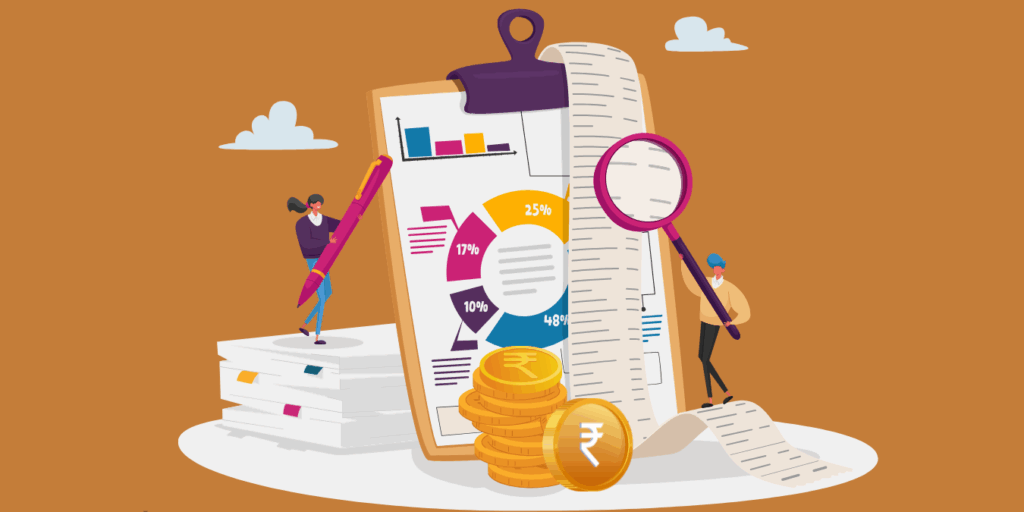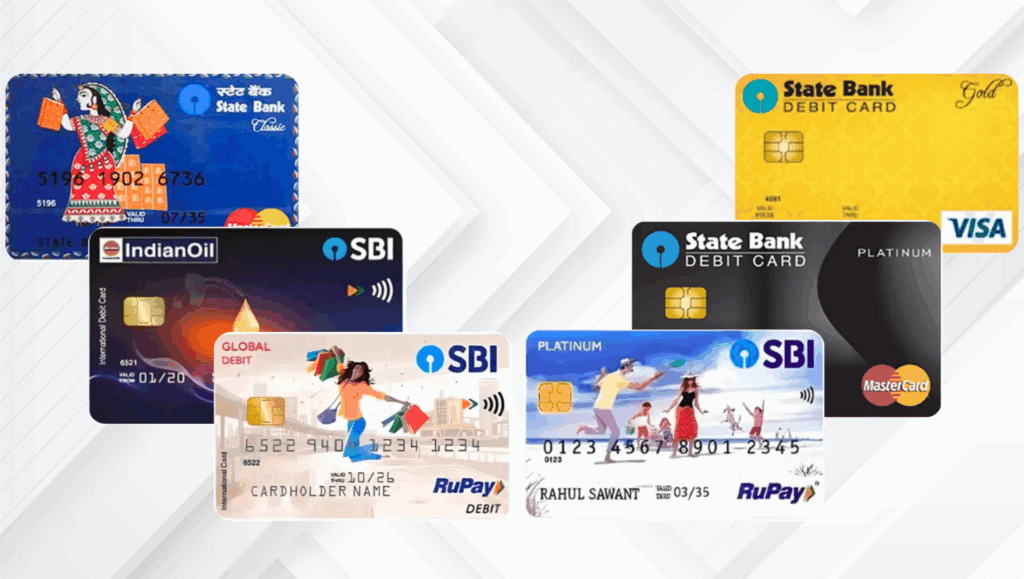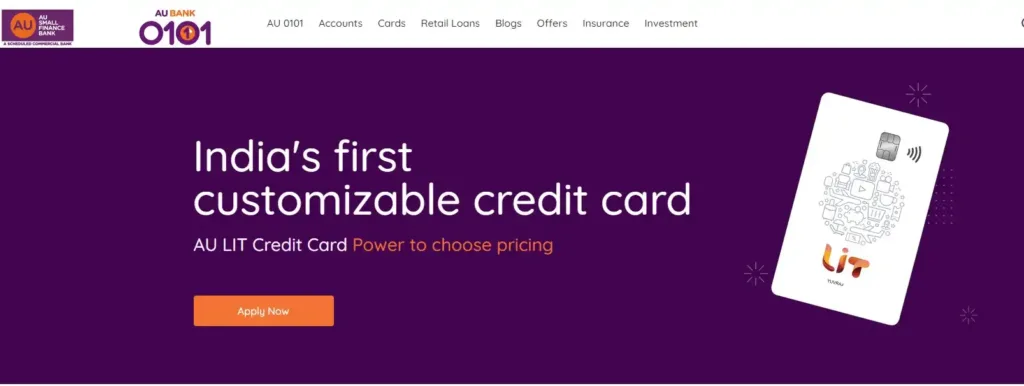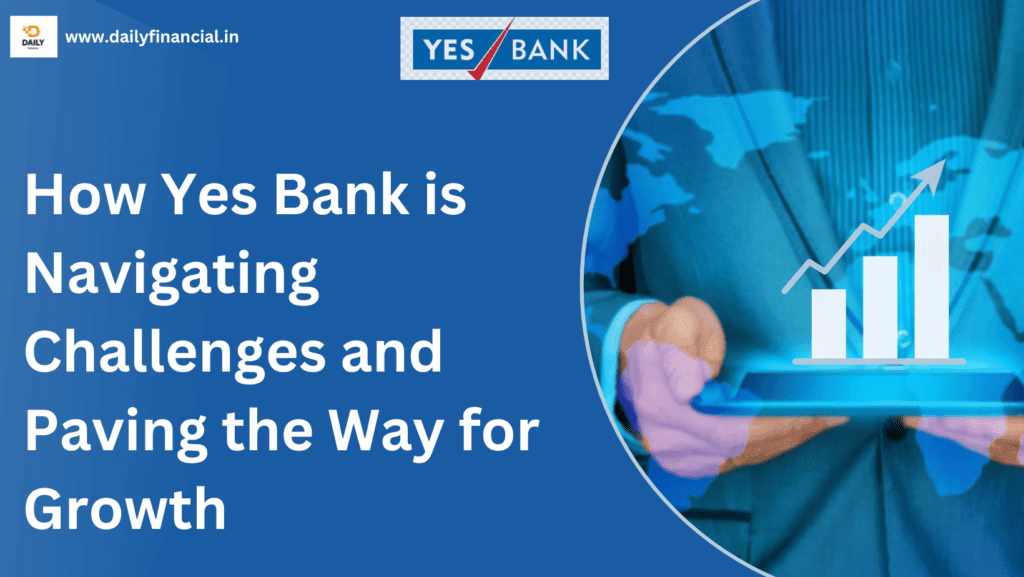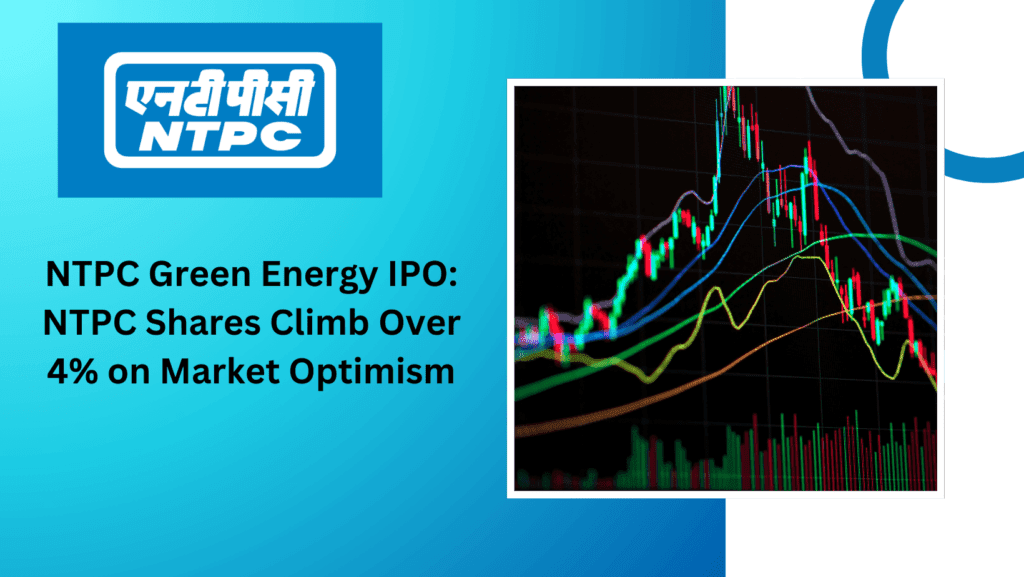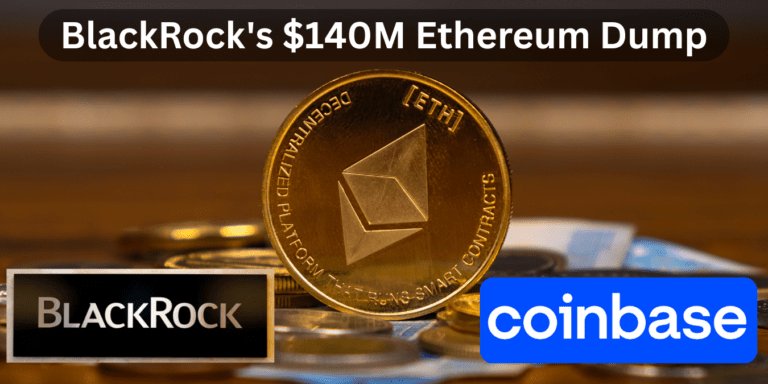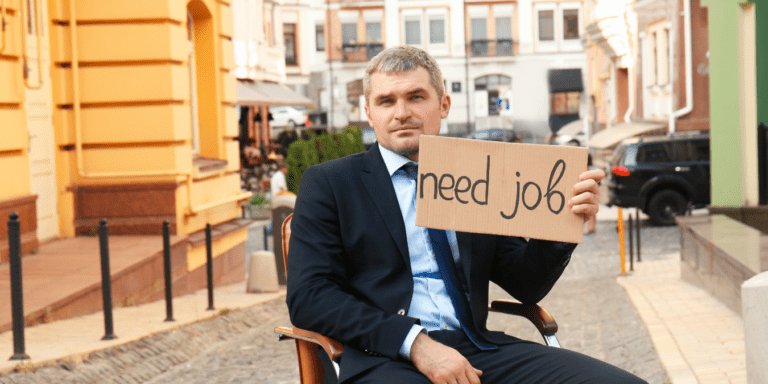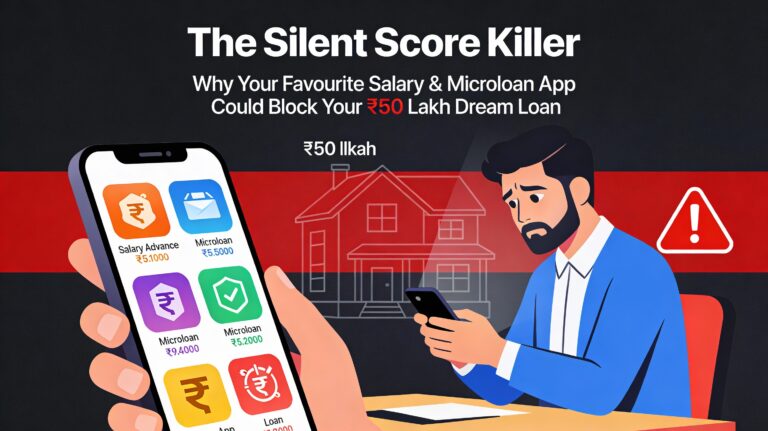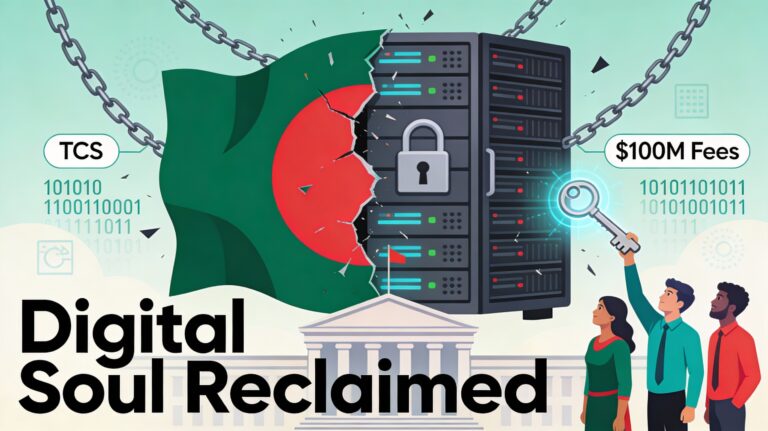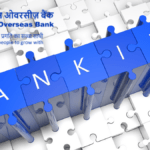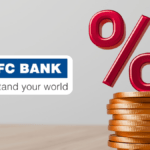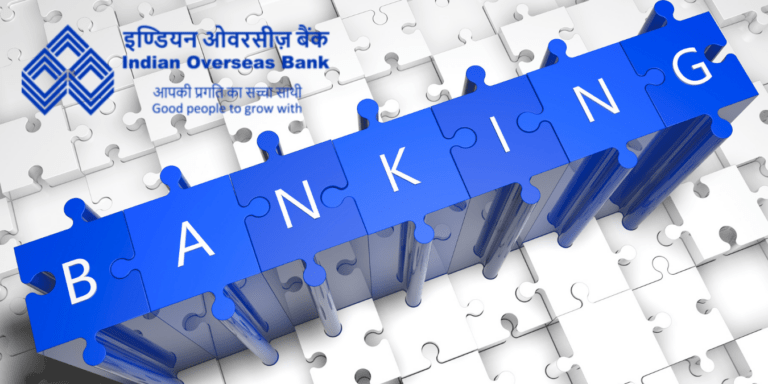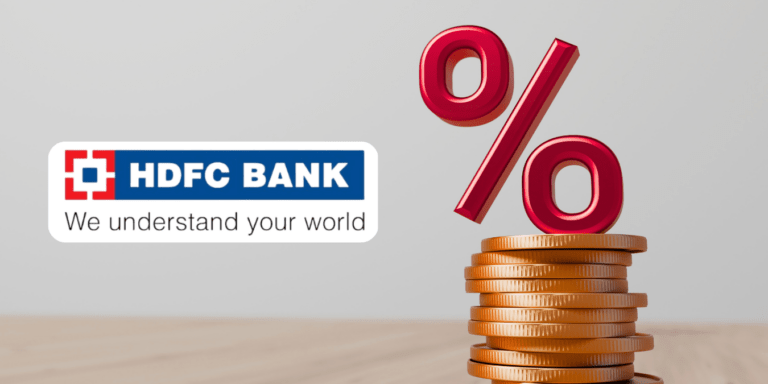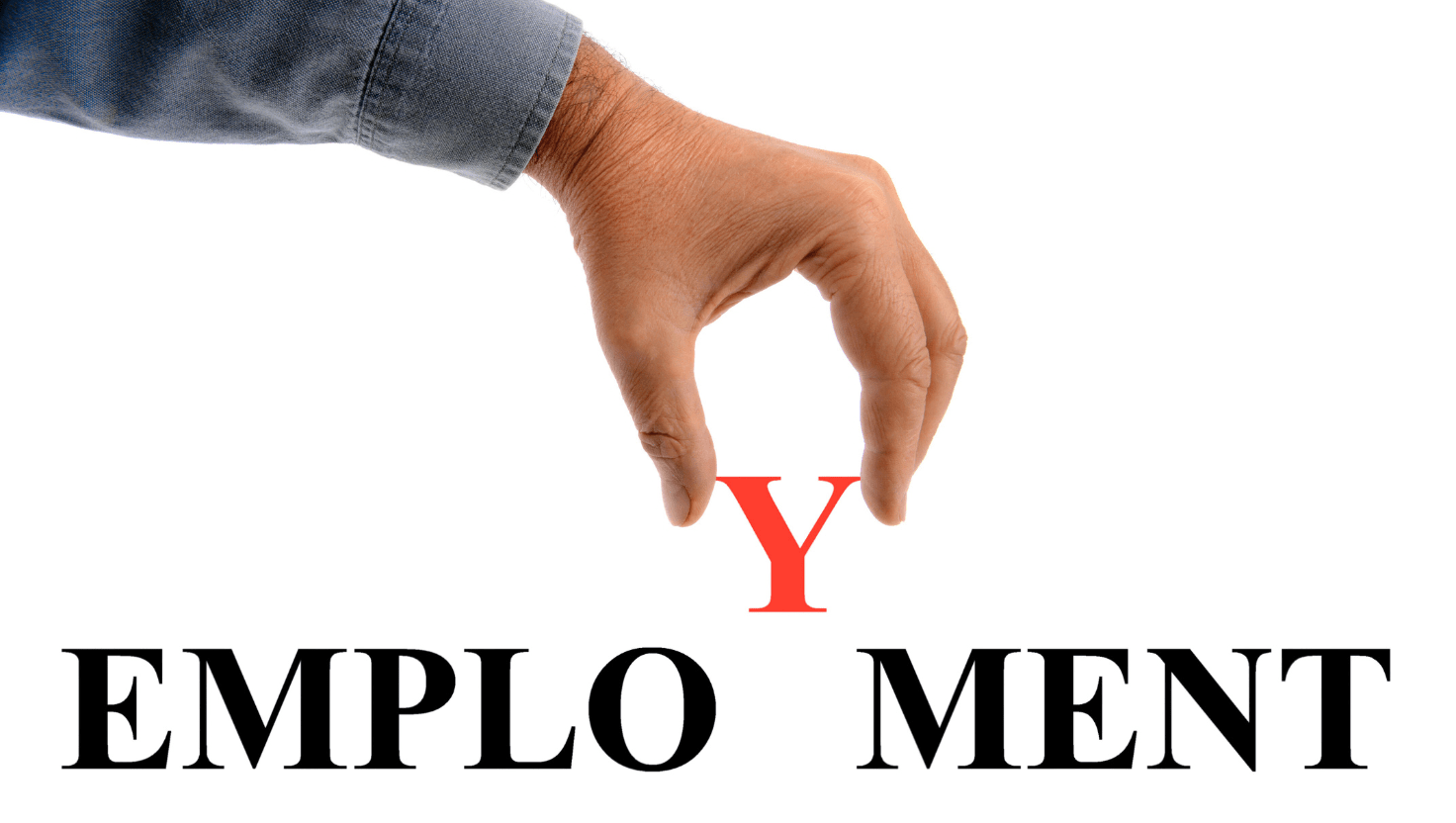
Will the PM Viksit Bharat Rozgar Yojana spark 3.5 crore jobs by 2027? With Rs 99,446 crore, this scheme promises Rs 15,000 for first-time workers and Rs 3,000 monthly for employers. Can it transform India’s job market? Dive into the suspenseful details of this game-changing initiative!
A future where millions of young Indians step into the workforce with confidence, supported by a government that not only incentivizes their first job but also empowers employers to create more opportunities. Sounds like a dream? Well, it’s about to become reality with the PM Viksit Bharat Rozgar Yojana (PM-VBRY), set to launch on August 1, 2025. This ambitious Employment Linked Incentive (ELI) Scheme, approved by the Union Cabinet, is poised to transform India’s employment landscape, aiming to create over 3.5 crore jobs in just two years. Curious about how this will reshape India’s economic future? Let’s dive into the details of this groundbreaking initiative and uncover why it’s generating buzz across the nation.
What is PM Viksit Bharat Rozgar Yojana?
The PM Viksit Bharat Rozgar Yojana, announced by the Ministry of Labour & Employment on July 25, 2025, is a flagship initiative under the Viksit Bharat vision, designed to fuel inclusive and sustainable employment. With a massive outlay of Rs 99,446 crore, the scheme targets job creation across various sectors, with a special focus on manufacturing. From first-time employees to employers, the PM-VBRY offers a dual-pronged approach to boost India’s job market, aligning with the government’s goal of accelerating economic growth through employment-led development.
But what makes this scheme stand out? It’s not just about numbers—it’s about empowering 1.92 crore first-time workers and supporting businesses to scale up hiring. The scheme will be active from August 1, 2025, to July 31, 2027, promising a whirlwind of opportunities. Want to know how it works? Let’s break it down.
The Two Pillars of PM-VBRY: Part A and Part B
The PM-VBRY is strategically divided into two parts: Part A for first-time employees and Part B for employers. Each component is designed to address specific challenges in India’s job market while fostering financial literacy and sustainable employment. Here’s a closer look:
Part A: Empowering First-Time Employees
Are you a young Indian stepping into the workforce for the first time? The PM-VBRY has you covered. Part A targets employees registered with the Employees’ Provident Fund Organisation (EPFO), offering a one-month wage incentive of up to Rs 15,000, disbursed in two installments:
- First installment: Payable after 6 months of service.
- Second installment: Payable after 12 months of service and completion of a financial literacy program.
Eligible employees with salaries up to Rs 1 lakh per month can benefit, ensuring inclusivity across income levels. To encourage savings, a portion of the incentive will be locked in a savings instrument or deposit account for a fixed period, which employees can withdraw later. This unique feature promotes financial discipline, setting first-timers on a path to long-term stability.
Why is this exciting? For millions of young Indians, entering the workforce can be daunting. The PM-VBRY not only provides financial support but also equips them with essential skills through the financial literacy program. Curious about how employers fit into this equation? Let’s explore Part B.
Part B: Supporting Employers to Create Jobs
Employers are the backbone of job creation, and Part B of the PM-VBRY incentivizes them to expand their workforce, with a special emphasis on the manufacturing sector. Businesses registered with EPFO can receive incentives of up to Rs 3,000 per month for two years for each additional employee hired, provided the employee earns up to Rs 1 lakh per month and sustains employment for at least six months. For manufacturing sector employers, the incentives extend to the third and fourth years, making it a game-changer for industrial growth.
The incentive structure is tiered based on the employee’s EPF wage slab:
- Up to Rs 10,000: Up to Rs 1,000 per month.
- Rs 10,001 to Rs 20,000: Rs 2,000 per month.
- Above Rs 20,000 (up to Rs 1 lakh): Rs 3,000 per month.
To qualify, employers must hire:
- At least two additional employees (for businesses with fewer than 50 employees).
- At least five additional employees (for businesses with 50 or more employees).
This structure ensures that both small and large businesses can participate, fostering widespread job creation. Wondering how these payments will reach beneficiaries? Let’s uncover the mechanism.
How Will the Incentives Be Disbursed?
The PM-VBRY leverages cutting-edge technology to ensure seamless and transparent disbursal of incentives:
- First-time employees (Part A): Payments will be made via Direct Benefit Transfer (DBT) using the Aadhar Bridge Payment System (ABPS), ensuring quick and secure transfers.
- Employers (Part B): Incentives will be credited directly to their PAN-linked accounts, streamlining the process.
This digital-first approach minimizes delays and ensures that benefits reach the right hands. But what does this mean for India’s economy? Let’s explore the bigger picture.
Why PM-VBRY is a Game-Changer for India
The PM-VBRY isn’t just a job creation scheme—it’s a catalyst for India’s economic transformation. Here’s why it’s generating excitement:
- Massive Job Creation: With a target of 3.5 crore jobs, including 1.92 crore for first-timers, the scheme addresses unemployment head-on, empowering a young and dynamic workforce.
- Boost to Manufacturing: The extended incentives for the manufacturing sector align with India’s Make in India initiative, positioning the country as a global manufacturing hub.
- Financial Inclusion: By linking incentives to financial literacy and savings instruments, the scheme fosters long-term financial stability for workers.
- Inclusive Growth: Covering employees with salaries up to Rs 1 lakh, the PM-VBRY ensures that both low- and middle-income workers benefit.
- Economic Acceleration: With an outlay of Rs 99,446 crore, the scheme injects significant capital into the economy, driving growth through employment-led development.
But what’s the suspenseful twist? The success of PM-VBRY hinges on its execution. Will employers embrace the incentives? Will first-time workers complete the financial literacy program to unlock their benefits? Only time will tell, but the stage is set for a transformative journey starting August 1, 2025.
How PM-VBRY Aligns with Viksit Bharat
The Viksit Bharat initiative envisions a developed India by 2047, and the PM-VBRY is a critical step toward that goal. By focusing on employment-led development, the scheme addresses one of India’s most pressing challenges: providing meaningful opportunities for its youth. With 1.92 crore first-time workers set to join the workforce, the PM-VBRY is not just about jobs—it’s about building a skilled, financially literate, and empowered generation.
The scheme’s focus on the manufacturing sector also aligns with India’s ambition to become a global economic powerhouse. By incentivizing employers to hire more, the PM-VBRY could spark a manufacturing boom, creating a ripple effect across supply chains, innovation, and exports. Curious about how this will impact specific industries? The manufacturing sector, in particular, is poised for a revolution.
The Manufacturing Sector: A Key Beneficiary
India’s manufacturing sector has long been a cornerstone of economic growth, and the PM-VBRY doubles down on its potential. By offering extended incentives for the third and fourth years, the scheme encourages employers to invest in long-term hiring, fostering stability and growth. This is particularly crucial for industries like textiles, electronics, automobiles, and pharmaceuticals, which are labor-intensive and have significant export potential.
For small and medium enterprises (SMEs), the requirement to hire just two additional employees lowers the barrier to participation, enabling them to scale up operations. Large enterprises, on the other hand, can leverage the incentives to expand their workforce significantly, driving innovation and competitiveness. The question remains: Will this spark a manufacturing renaissance in India? The answer lies in the hands of employers and policymakers.
Challenges and Opportunities
No scheme is without challenges, and the PM-VBRY is no exception. Here are some potential hurdles and opportunities:
- Challenges:
- Awareness: Ensuring that both employees and employers are aware of the scheme’s benefits and eligibility criteria.
- Implementation: Streamlining the DBT and PAN-linked payment systems to avoid delays or errors.
- Compliance: Ensuring employers maintain sustained employment for at least six months to qualify for incentives.
- Opportunities:
- Youth Empowerment: Equipping first-time workers with financial literacy and savings habits.
- Economic Multiplier Effect: Increased employment leading to higher consumption and economic growth.
- Global Competitiveness: A stronger manufacturing sector positioning India as a leader in global markets.
The suspense lies in how these challenges will be addressed. Will the government launch a robust awareness campaign? Will technology ensure seamless disbursal? The countdown to August 1, 2025, has begun.
How to Prepare for PM-VBRY
Are you an employee or employer eager to benefit from the PM-VBRY? Here’s how you can prepare:
- For First-Time Employees:
- Register with the EPFO to become eligible.
- Complete the mandatory financial literacy program to unlock the second installment.
- Stay updated on the scheme’s launch through official channels like the Press Information Bureau (PIB).
- For Employers:
- Ensure your business is registered with the EPFO.
- Plan to hire at least two or five additional employees, depending on your workforce size.
- Leverage the incentives to expand operations, especially in the manufacturing sector.
The PM-VBRY is a golden opportunity, but preparation is key. Curious about how to stay ahead of the curve? Keep an eye on updates from the Ministry of Labour & Employment and PIB.
The Road Ahead: What to Expect
As India gears up for the PM-VBRY’s launch on August 1, 2025, anticipation is building. Will this scheme unlock India’s true economic potential? Will it empower millions of young Indians to chase their dreams? The answers will unfold over the next two years, as the scheme runs until July 31, 2027. With Rs 99,446 crore in funding and a target of 3.5 crore jobs, the PM-VBRY is poised to be a cornerstone of India’s journey toward Viksit Bharat.
For now, the stage is set, and the spotlight is on employers and first-time workers. Will they seize this opportunity to transform India’s job market? Only time will tell, but one thing is certain: the PM Viksit Bharat Rozgar Yojana is a bold step toward a brighter, more inclusive future.

